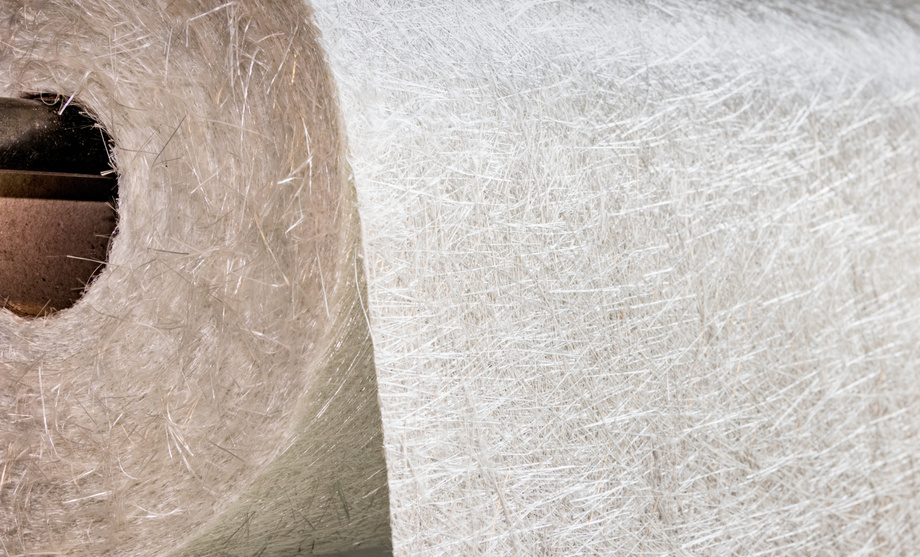Novel Process for Characterizing Equibiaxial Compressive Strength of Fiber Composites
Characterizing the equibiaxial strength of composites is a necessity to accurately estimate the load capacity of structures that are subjected to biaxial compression. The strength of the composite alone is not enough information to rely on because composites are generally weaker in compression than they are with no added stress. Equibiaxial strength measurements are important to safely determine and rank which composites are best suited for structures that will experience biaxial compression. Conventional processes that are implemented to measure this data have yet to accurately and efficiently produce results. Measuring this specific property of composites has proven to be a difficult task due to the tests being unstable, unreliable, complex, or costly. Therefore there is a need for a method that lets the equibiaxial strength of composites be measured in a novel, inexpensive, and reliable way.
This technology revolves around using a test set up, specimen geometry, and the application of a uniaxial load to reliably measure the equibiaxial strength of composites. The test that is used in this process is known as the ring on ring flexure test. Within this test, the biaxial strength is measured by subjecting un‑notched disks/plates to a monotonic, out of plane load at the center. By doing so, a biaxial flexure of the specimen is produced and ultimately converts the uniaxial load into a biaxial state of stress. Then, the measurement can be made and recorded. This process can be repeated numerous times to a variety of fiber‑reinforced composites in order to rank their strengths and weigh which ones are best to use in specific structures. A multitude of stress analyses and experimental measurements have been done using this process, and the results show that this method is more advantageous compared to conventional ones.
 Source: experiencesnw, stock.adobe.com/uk/235026375, stock.adobe.com
Source: experiencesnw, stock.adobe.com/uk/235026375, stock.adobe.com
Reliable - Stable - Repeatable to multiple or the same composites - It is an inexpensive process as no expensive specimen grips are required and the test setup is also not costly - It is a novel process as the specimen geometry is simple
This technological process is applied to fiber composites to measure their equibiaxial compressive strength.
Provisional patent
https://patents.google.com/patent/US20230044143A1/en?oq=17%2f786%2c713 - https://patents.google.com/patent/JP7270849B2/en?oq=7270849
Available for licensing.
Development partner - Commercial partner - Licensing
Additional Information:
Patent Information:
| App Type |
Country |
Serial No. |
Patent No. |
Patent Status |
File Date |
Issued Date |
Expire Date |
|